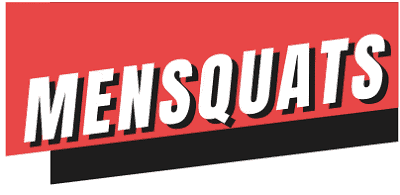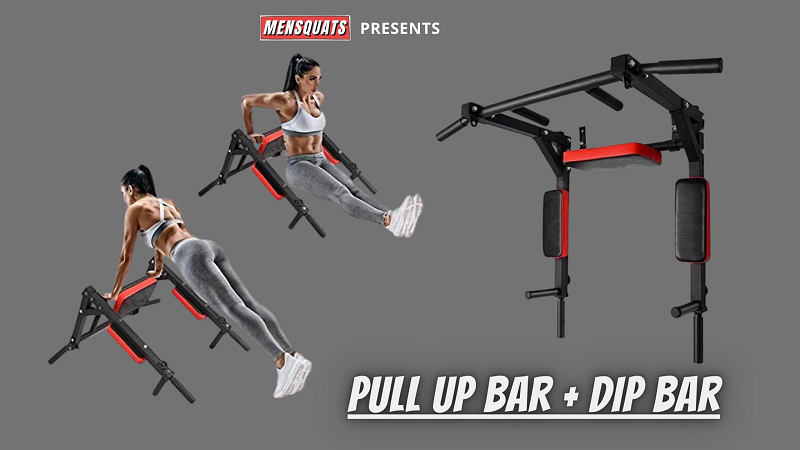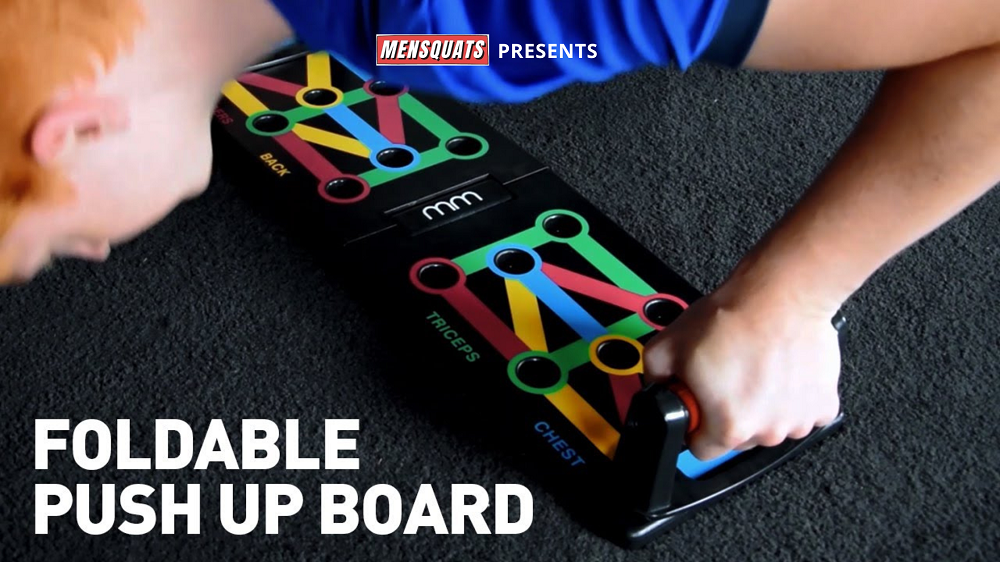Does hangboarding increase grip strength? (Research based)
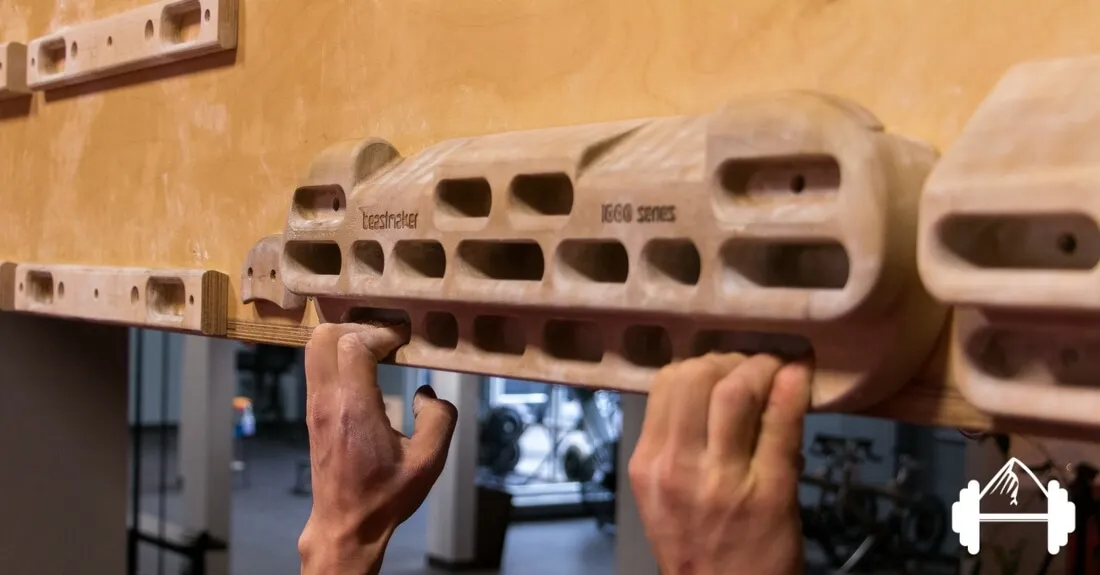
If you’ve never been rock climbing before, your first time will hurt. A few minutes of bouldering today will put you in agonizing forearm pain tomorrow.
But as you get more advanced, forearm pain gives way to finger pain.

Advanced climbers have to pinch and crimp holds with their fingertips which not only requires an enormous amount of traditional grip strength but also a unique type of finger strength.
And to train for these kinds of holds, climbing gyms have special devices called rock climbing hang boards — basically a piece of wood with super thin edges that you hang from.
These are supposed to improve your finger strength if you train on them regularly.
But there are a bunch of whack fitness products out there, and just because they’re popular doesn’t mean they work.
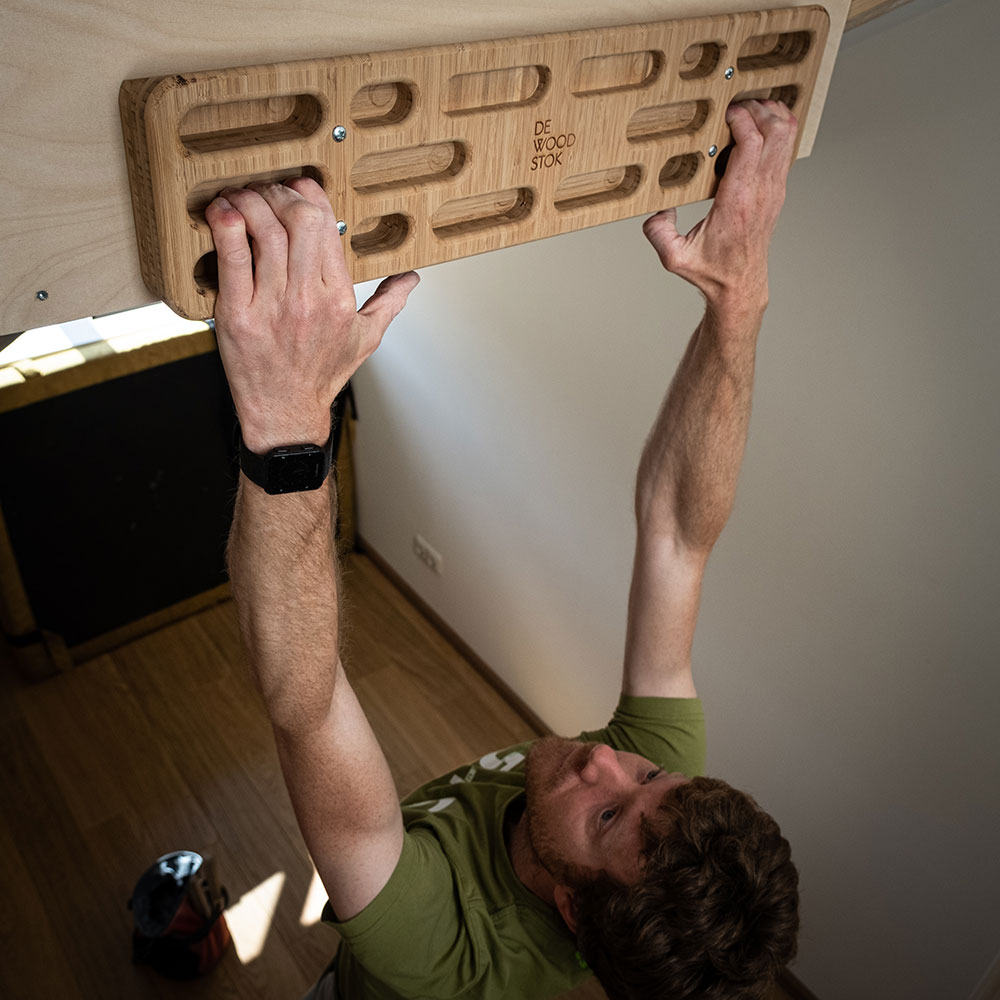
So I had a question for this blog:
Does hangboarding help with finger strength?
Real quick before the research, let’s make sure we’re on the same page with terminology and anatomy.
Because at my climbing gym, I’ve heard climbers say that they’re training tendon strength when they hang on a hang board, but that’s a bit of a misnomer.
I do understand why they think that though — the muscles responsible for grip insert on the fingers through long tendons.
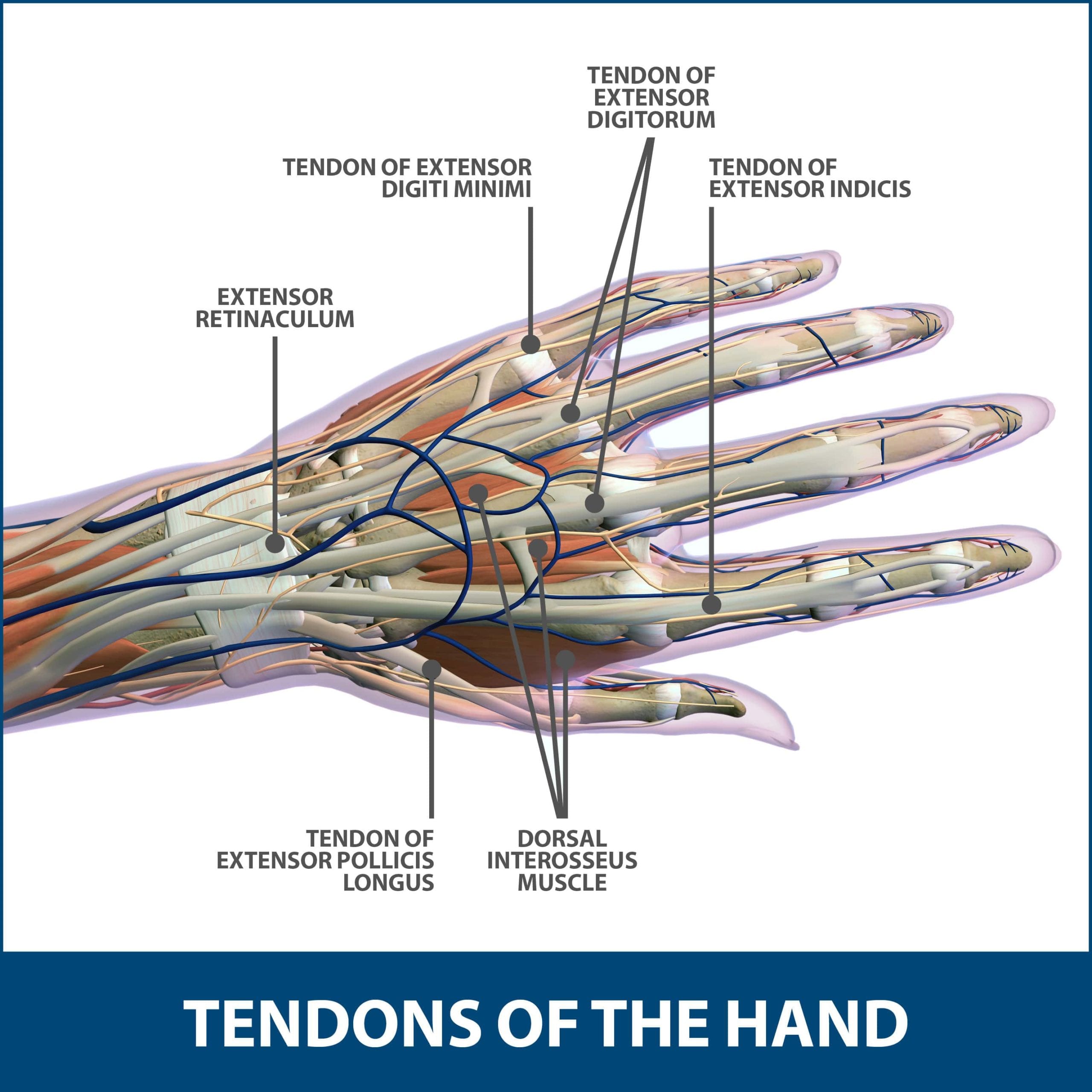
And under the skin, there are tiny muscles in the hand itself that we use while hanging from our fingertips.
When you train any muscle, both the muscle and tendon get stronger, but muscles moreso than tendons..
So to correct the climbers at my gym, yes, you’re strengthening your tendons, but only because you’re also strengthening the big muscles in your forearms and tiny muscles in your hand.
Here’s the problem though.
Most of the studies about grip strength use older participants since weak grip strength is associated with losing your independence and dying early.
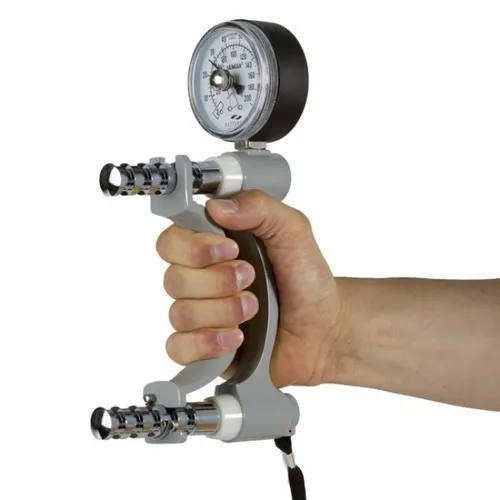
Not only are the participants not climbers, the studies usually measure grip strength with a device called a dynamometer.
This is great for measuring gains in physical therapy, but it doesn’t exactly mimic how climbers hold onto their holds.
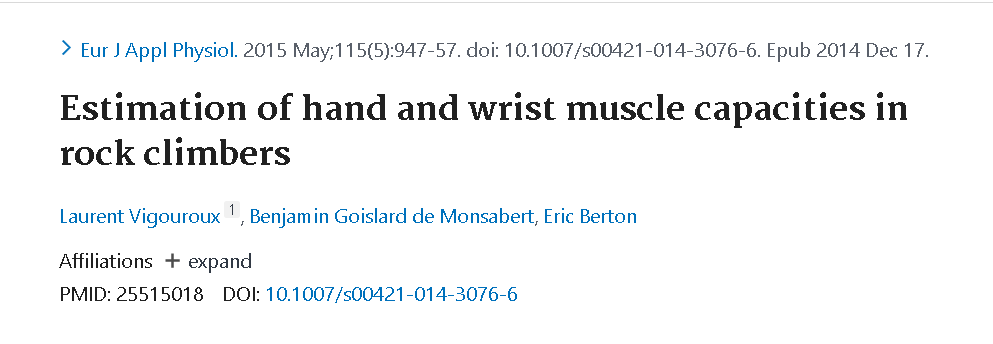
The other confounder is that plenty of research has confirmed that experienced rock climbers have stronger finger muscles than non-climbers by about 40%.
So all of this research about old frail people doesn’t necessarily translate to a population of young athletes with freakishly strong hands. So for this project, I needed to start by finding out what we do know.
So I started where I always do, with systematic reviews.
These are the scientific version of rounding up all the known information about a topic into one place so that people like us can get a baseline of understanding of the science.
The first thing I wanted to know was whether hangboard training at all led to better performance.

What the research says?
I found a review from 2019 published in the Journal of Exercise Science & Fitness that analyzed the different factors that made for a successful sport climber.
They included a hundred and eight papers about everything from climbers’ body shapes and sizes, psychology, how strong they were, and their training and recovery strategies.
Their review included papers that studied anyone who identified as a climbing athlete.

And while that included a wide range of skill levels, body types, and injuries, the papers that focused on biomechanics almost exclusively recruited young men with many years of climbing experience.
So those results are more applicable to advanced climbers than to weekend warriors.
From that review, they found that the most successful climbers had low body fat and big forearms.
And while traditional dynamometer grip strength was a big factor in success, so were measures of grip endurance like the amount of time you could hang from a pullup bar.

And to answer our initial question, climbers that incorporated a hang board as well as eccentric-concentric exercise into their training routine did have better endurance.
Unfortunately, a lot of these studies had small sample sizes, they also had extremely different methodology, and very few of them were high-quality randomized controlled trials, so asterisks, this wasn’t the most rigorous science.
And the parts about fingerboards tended to look at their use among advanced climbers, not rookies.
I’ll give you an example of the kind of study I’m talking about.
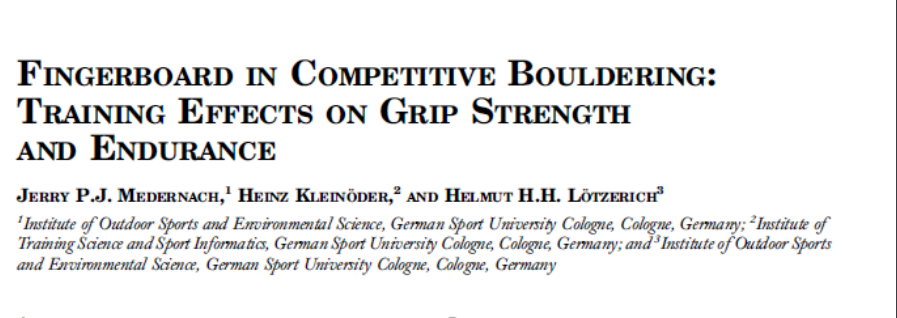
An article published in 2015 in The Journal of Strength and Conditioning Research took 23 advanced climbers and split them into two groups: one of them trained on a hangboard in addition to normal bouldering, while the other group just bouldered.
After 4 weeks of training, they found that the hang board group had significantly improved grip strength compared to the control group.
They were also able to dead hang for a longer period of time from different holds including pinch grips, half crimps and slopers — the training group averaged 5.4-6.7 seconds compared to the control group with 3.0-3.9 seconds.
Although another caveat, their tester used a regular old human-operated stopwatch, so this wasn’t milliseconds precise or anything.
Either way, by 2019 it was established that there was some science to back up the use of hangboards in climbing.
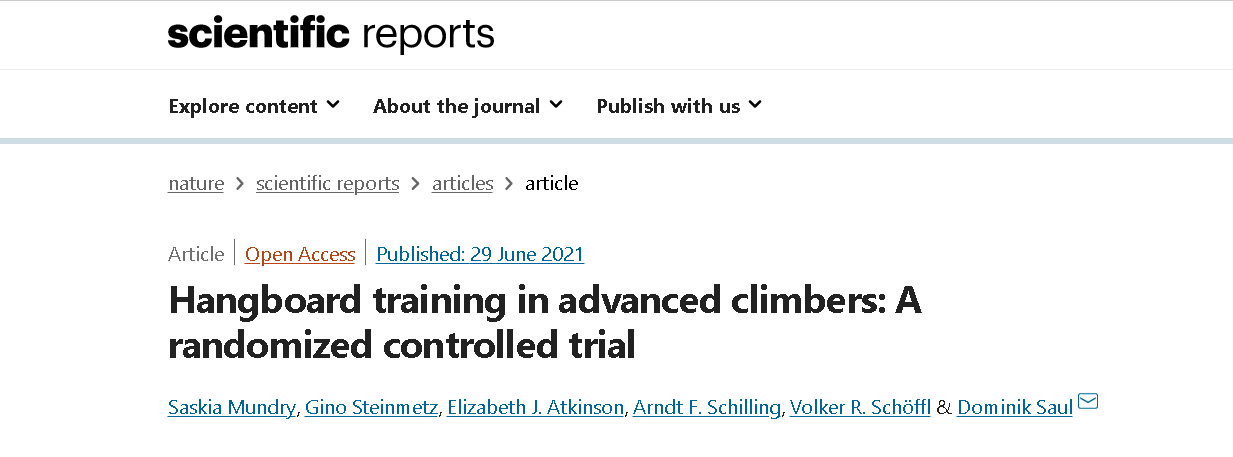
And the research that has come out since then has focused on how to best use the tool, like an article published in 2019 in Nature Scientific Reports which asked the simple question: what’s better, training with more weight, or training to hang from a progressively smaller edge?
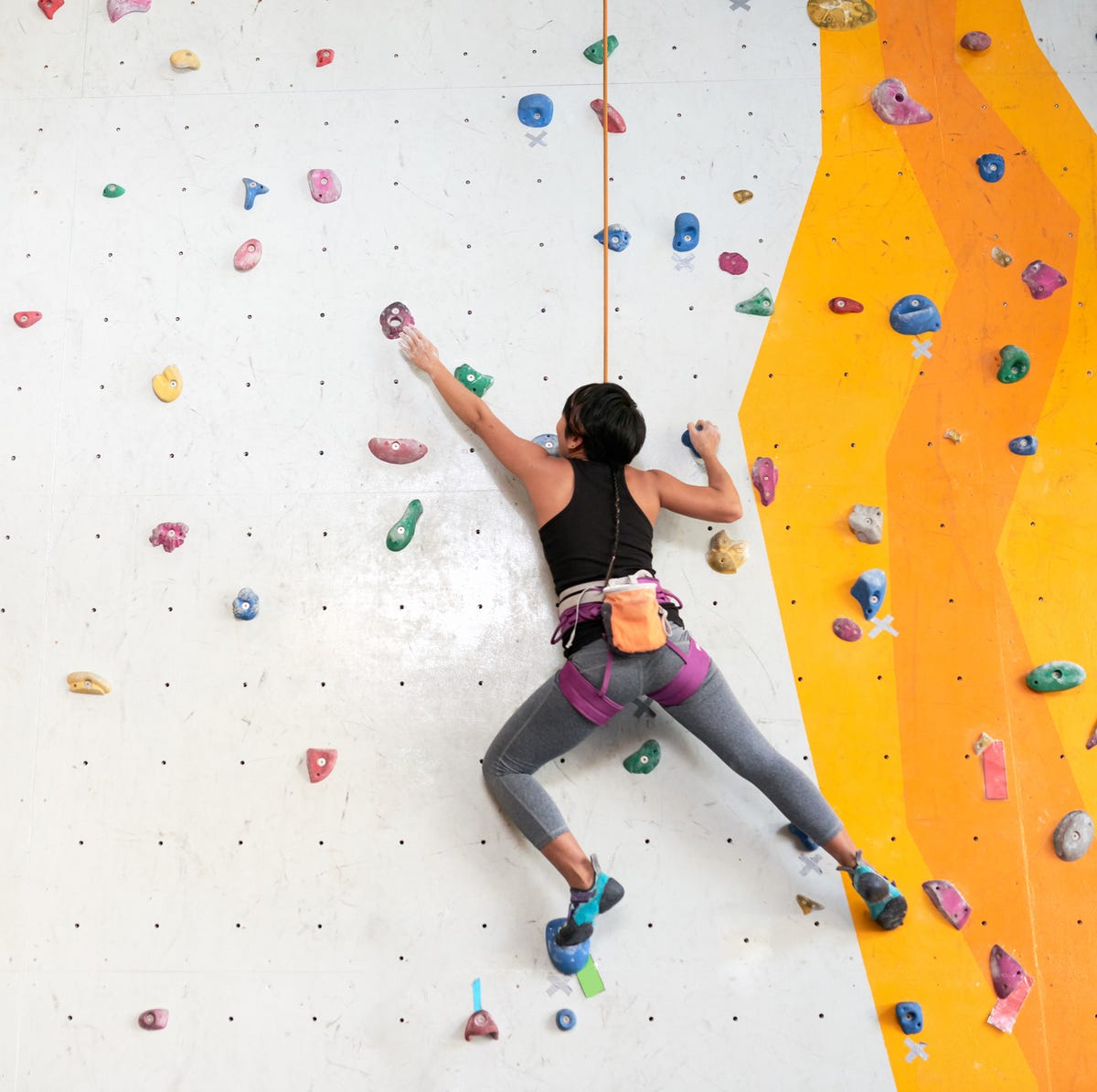
They took 30 advanced climbers and measured their grip strength in different pinch formations basically what you would see on a climbing hold, then put them into one of 3 groups for an 8-week training program.
One group trained with a hang board for the same amount of time in every session but added one and a quarter kilograms of weights every week.
Another group trained on a hang board with progressively smaller holds, and finally, one control group didn’t do any hang board training, they just did their normal climbing.
After 8 weeks of training, the group who added weight saw significantly improved grip strength while the control group and small edge group didn’t see any differences.
But like the last study, there are some caveats.
There were only 10 people in each group, which is a small sample size, plus, they were all experienced climbers.
So the results might not transfer to us, newbies.

The most recent research published in 2021 in the Journal of Sports Science and Medicine asked a logical follow-up question to that study though:
How often should you train?
Say your program was 60 minutes per week. They wondered if 2, half-hour sessions might promote endurance and make muscles more tolerant of fatigue.
On the flip side, they wondered if such long training sessions might predispose you to injury, so splitting the program into 4, 15-minute sessions might be ideal for strength gains.
Now they knew that both of these programs would increase grip strength and climbing performance compared to a control group, but they had a feeling that training 4 times a week would ultimately be best.
So they recruited 16 advanced climbers who were familiar with fingerboards but had not used it in their training for the last 6 months, then divided them into 3 groups.
One group trained on a hang board 4 times a week, another trained on it twice a week, and the last group just did their normal climbing routine as a control group. After 5 weeks of training, the researchers had the climbers do a series of tests.
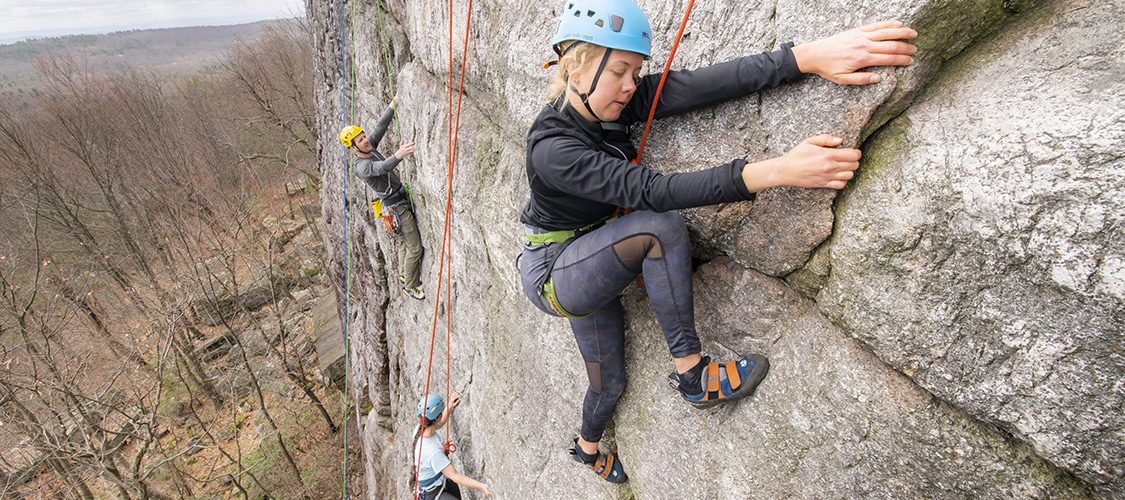
They measured bouldering performance with a novel 7A level bouldering problem — this is the cusp between intermediate and advanced, but something that was attainable for this level of climber.

It also included a campus board test which is like climbing a ladder with no foot rungs and pull-ups with a special force measurement harness.
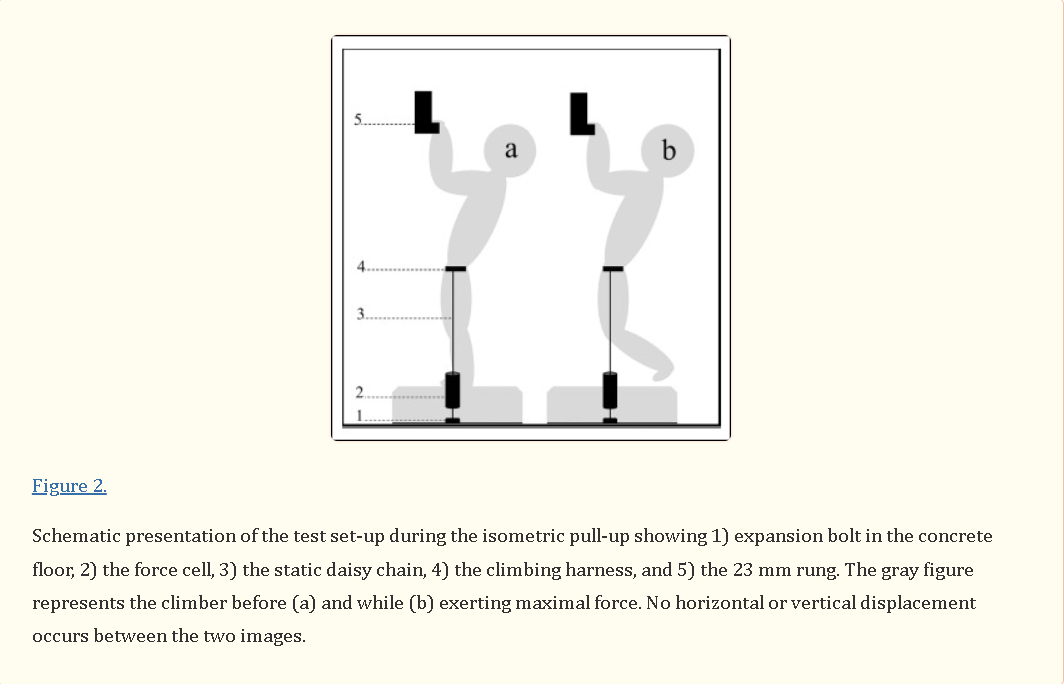
Every one of these tests was designed to mimic real-world climbing.
They even had participants hold onto nubs that were only 23 millimetres deep for the pull-up test. And as the research group expected, the different groups saw different results. The group that trained 2X a week improved their bouldering performance while the other groups did not.
They also had the greatest gains in campus board endurance, but otherwise, there were no performance differences between groups.
Now, the group that trained 4 times a week saw the biggest improvements in something called rate of force development — basically a way of measuring power.

This was the only advantage this group had over the twice-a-week group.
Surprisingly, there was no difference in injury rates.
In the 5-week program, nobody had any climbing-related injuries. But we have to be careful before applying this to the everyday climber.

This 2021 study only lasted for 5 weeks and only 11 of the 16 highly experienced participants were assigned to groups that used the hangboard.
So we can’t rule out the risk of rookie climber going hard on the hang board and hurting themselves from overtraining.
The authors of the paper agreed. They concluded that this research translates to experienced climbers, but rookies should take these findings with a grain of salt.
END
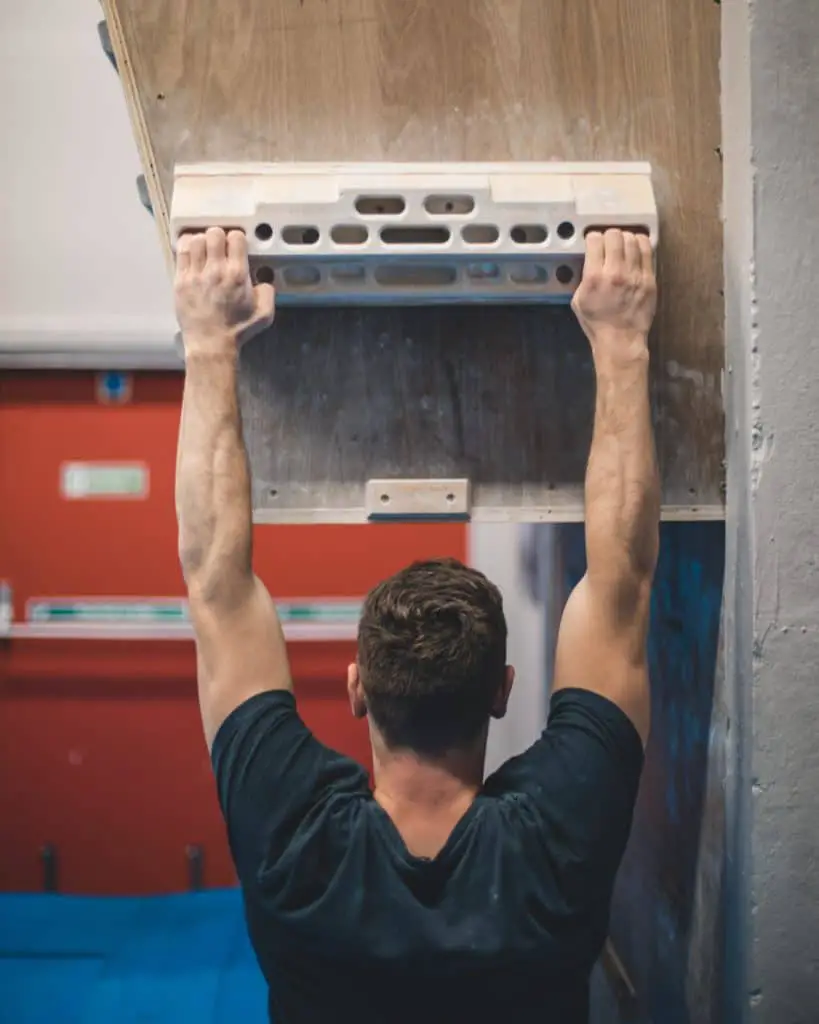
Basically, learn the fundamentals of climbing before getting into hang boarding.
And as far as our article is concerned, my question is answered. Yes, there’s some research that supports advanced climbers wanting to train with hang boards.
But for the rest of us who just want big arms or solid grip strength, we can stick to weights.
Speaking of the rest of us who are not elite athletes.
Thanks for Reading.
FAQs
Q1: How to mount hangboard?
Follow these general steps:
- Choose a suitable location
- Find wall studs or use a mounting boar
- Position the hangboard.
- Mark the mounting holes
- Drill pilot holes.
- Attach the hangboard.
Q2: What is a hangboard in climbing?
A hangboard, also known as a fingerboard, is a training tool used by climbers to improve finger strength, grip endurance, and upper body strength. It typically consists of a solid board with a variety of different-sized edges, pockets, and slopers designed to mimic the types of holds encountered in rock climbing. Hangboard training helps climbers develop finger strength and improve their ability to grip small holds.
Q3: How to build a climbing hangboard?
If you want to build your own hang board, here’s a basic guide:
- Select a suitable material
- Design the hangboard
- Cut the material.
- Sand and finish the hangboard.
- Drill mounting holes.
- Mount the hangboard.
Q4: Can you rock climb after a hangboard session?
It is generally recommended to allow sufficient rest and recovery time between hangboard sessions and rock climbing sessions.
Hangboard training places significant stress on your fingers, tendons, and muscles, so engaging in rock climbing immediately after a hangboard session could increase the risk of injury due to overuse.
Instead, it’s best to incorporate hangboard training into your overall climbing training regimen. Space out your hangboard sessions and climbing sessions, allowing for adequate rest days in between to promote recovery and prevent overexertion.
Also, Read Our Popular Blog Next –
1. 9 Cheap Calisthenics Equipment For Home
2. Is calisthenics better than gym?
3. 7 Best Callisthenics Equipment India
4. Are push up boards any good? (Harsh Reality!)
